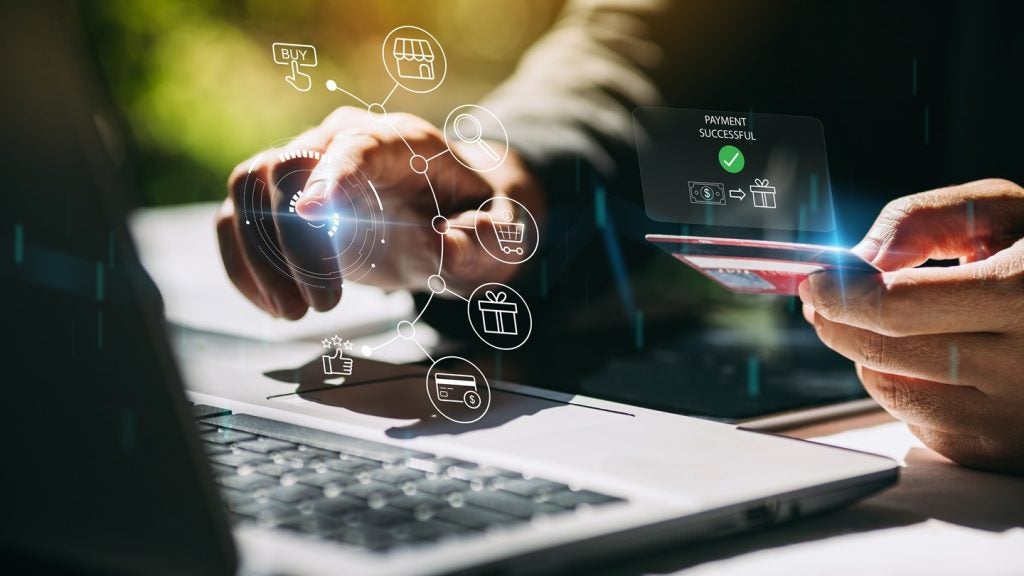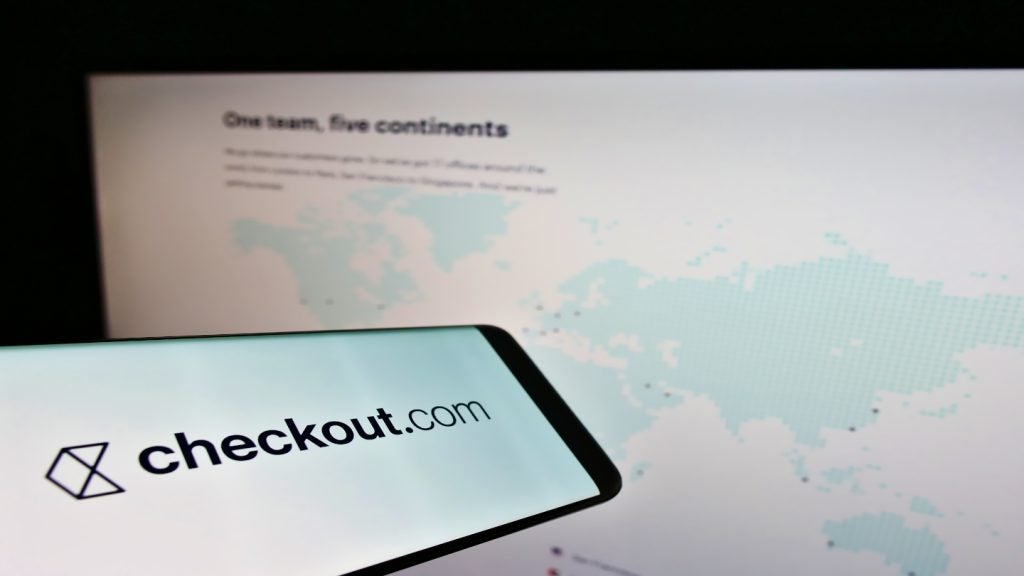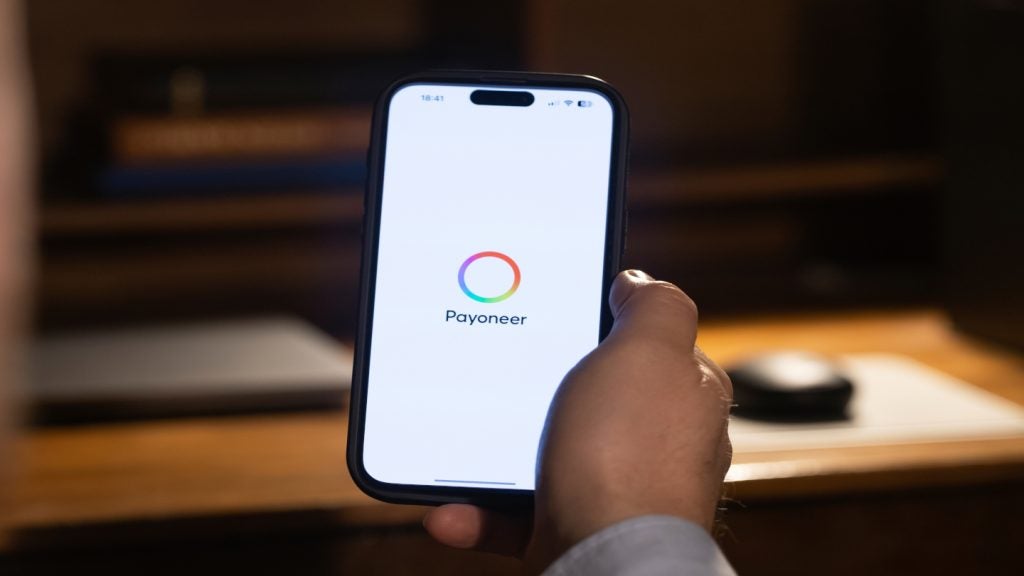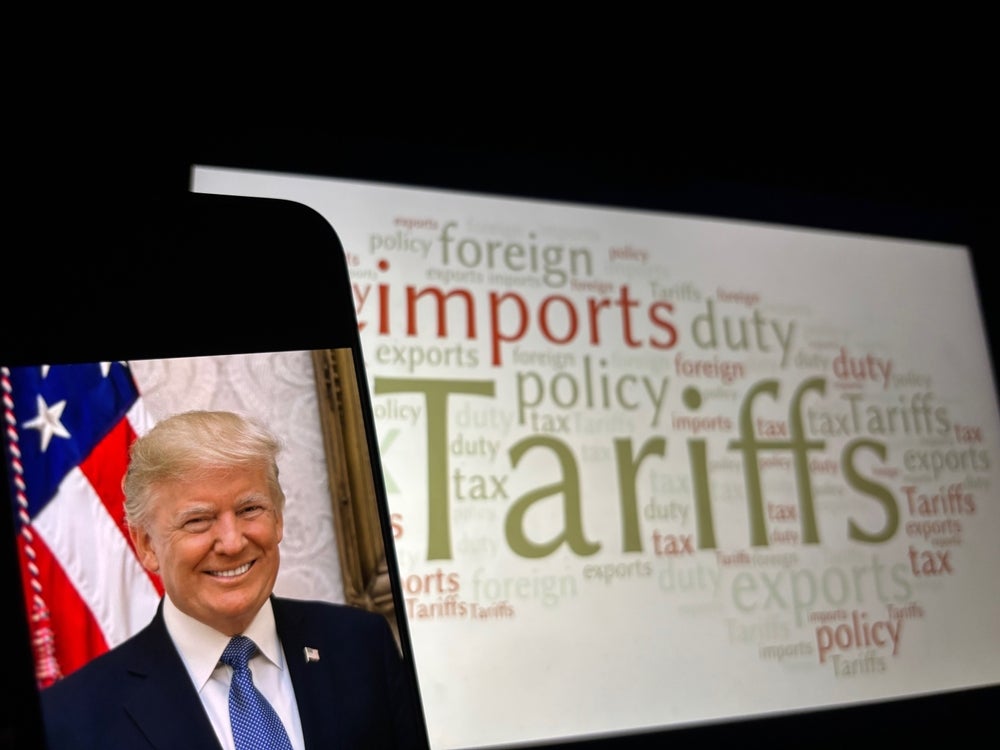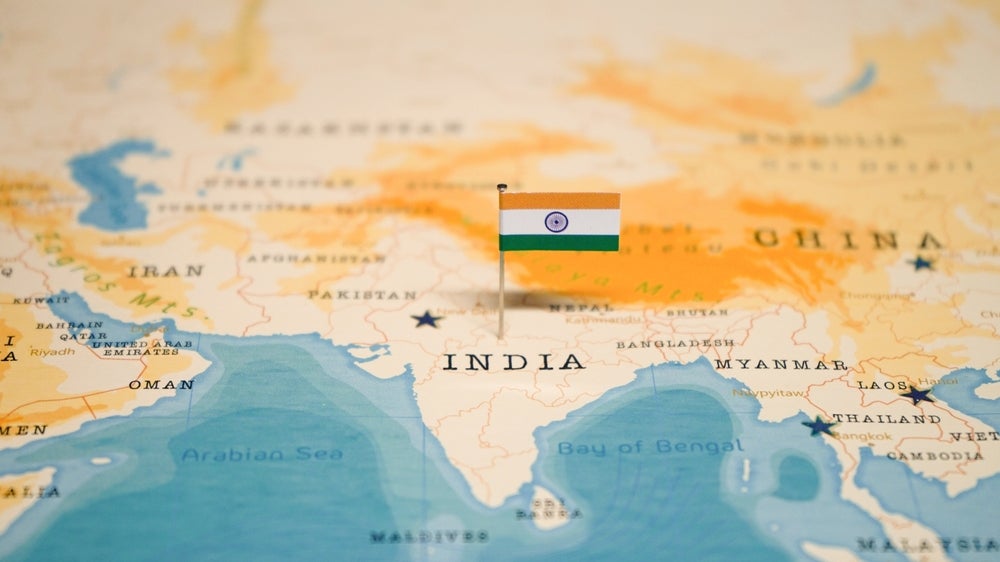
The Indian e-commerce market is growing at a fast pace and is forecast to surge by 23.8% in 2024, driven by growing consumer preference for online shopping and strong internet penetration, according to GlobalData, publishers of EPI
An analysis of GlobalData’s E-Commerce Analytics reveals that India’s e-commerce market value is set to increase at a compound annual growth rate (CAGR) of 18.7% from INR12.2trn ($147.3bn) in 2024 to INR 24.1trn ($292.3bn) in 2028.
Ravi Sharma, Lead Banking and Payments Analyst at GlobalData, comments: “India’s e-commerce market is growing at a healthy pace, supported by rising internet and smartphone penetration and growing consumer preference for online shopping.”
According to the Telecom Regulatory Authority of India, as of March 2024, there were 954m internet subscribers, up from 881m in March 2023. This strong momentum is encouraging merchants, especially SMEs, to enter the e-commerce space.
Many domestic and international e-commerce retailers such as Flipkart, Amazon and Myntra offer benefits, including discounts and cashback on various products listed on their platforms through their respective shopping events Flipkart Big Billion Days, Amazon Great Indian Sale, and Myntra Big Fashion Festival Sale, thereby encouraging consumers to shop online.
Among payment tools, alternative payment solutions are most preferred by online shoppers. India’s e-commerce sector witnessed a seismic shift, with alternative payment methods commanding a staggering 58% share of the market in 2023, According to GlobalData’s 2023 Financial Services Consumer Survey*, mobile and digital wallets have eclipsed traditional payment modes, reflecting a paradigmatic change in consumer preferences and transactional behaviour.
Sharma adds: “Alternative payment solutions have consistently gained popularity among Indian consumers in the last five years, with some of the popular brands being Amazon Pay, and Google Pay.”
Payment cards are the second most popular e-commerce payment method in India
Payment cards occupy a share of 25.7% with credit and charge being the preferred card types, accounting for a 15.4% share in 2023.
Cash, which is widely used for in-store retail payments in India, has seen a drop in the market share for online purchases, accounting for only 6.2% share.
With electronic payment methods being accepted for pay-on-delivery orders, e-commerce payments are expected to see further increase from such offerings. For instance, Flipkart offers the QR code Pay-On-Delivery facility, allowing shoppers to opt for QR code payments at the time of delivery using any UPI-enabled apps such as PhonePe, Google Pay, and MobiKwik.
The future of e-commerce payments in India appears promising, driven by the government’s initiatives such as “Make in India” and “Startup India” as well as the rising number of online shoppers. “Make in India”, for instance, empowered a large number of SMEs to expand their manufacturing capability and to sell their products via various channels including online platforms both in India and abroad, thereby contributing to overall e-commerce market growth as well.
Sharma concludes: “The uptrend in e-commerce sales in India is likely to continue over the next few years, supported by the growing consumer preference, improving payment infrastructure, and growing popularity of alternative payment solutions.”



